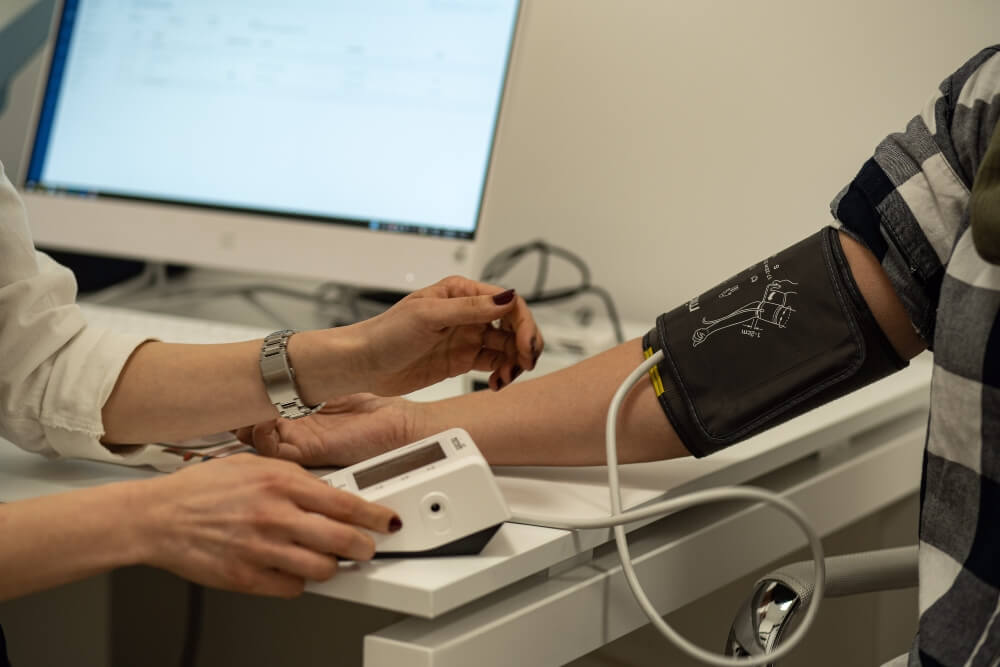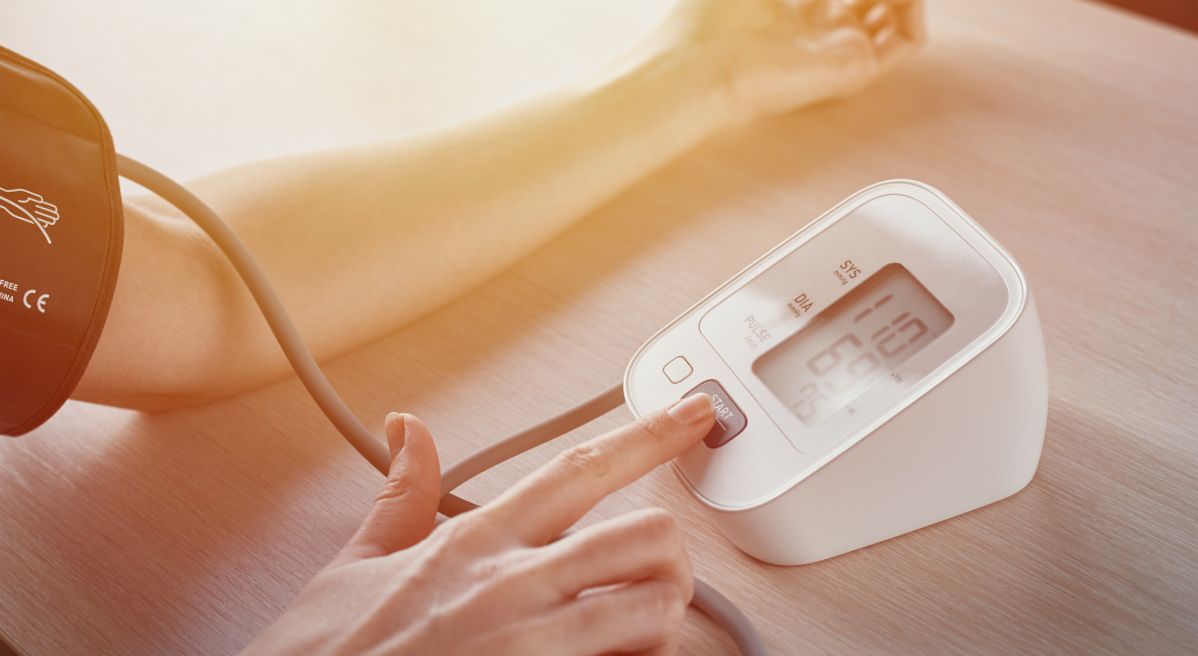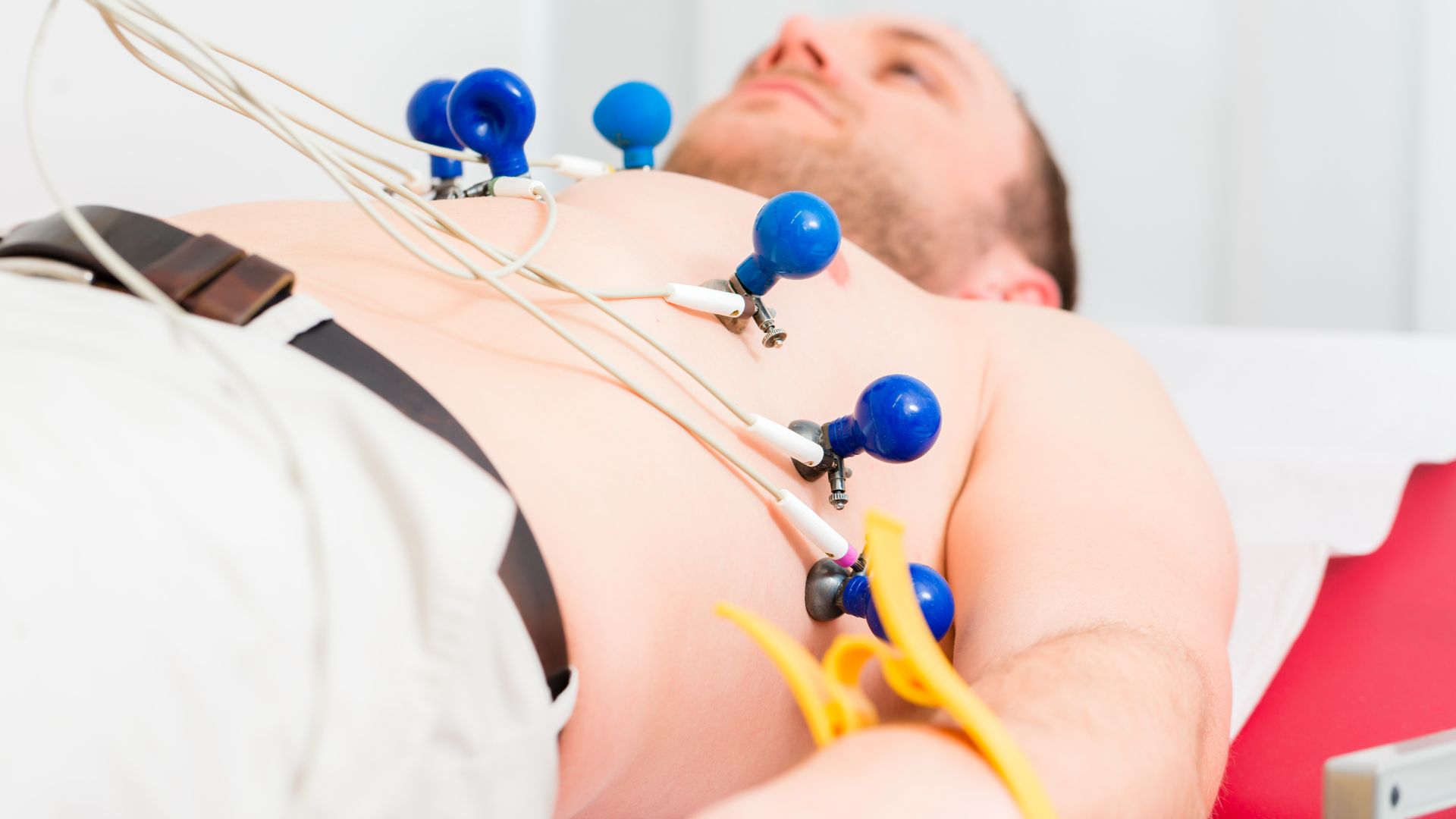This assumption is quite far from the truth and it is true that only a person who has made great strides in changing his lifestyle, diet and who regularly uses therapy and goes for check-ups can live a truly quality life without major fears for his life. Blood pressure problems are serious and require a serious approach and treatment.
If you want to have a cardiological examination in Belgrade and learn more about the health of your cardiovascular system, schedule an examination with us.
What are upper and lower blood pressure?
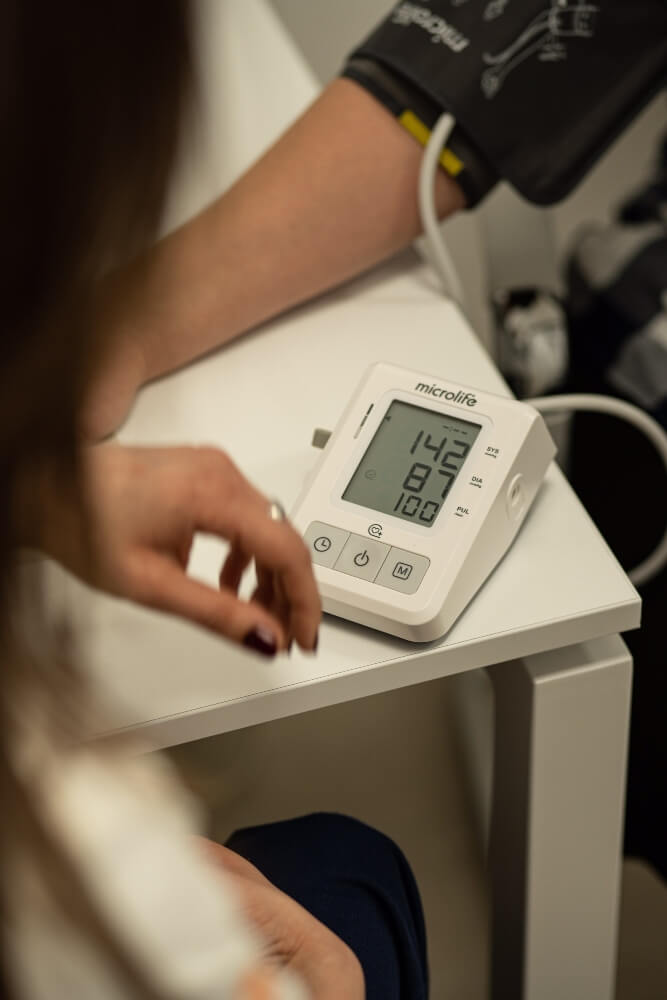
Blood pressure is the pressure that blood exerts on the walls of blood vessels. The upper pressure is professionally called systolic and it refers to the pressure on the blood vessels when blood is pumped out of the heart.
The systolic or upper pressure gives very important information about how the heart works because it depends on how strong the contractions are, how many heartbeats there are per minute and what the resistance of the blood vessels is.
Diastolic or bottom pressure is recorded when the heart is filling with blood and the heart muscle is relaxed.
You may have heard that low blood pressure is an important sign of how well the kidneys and blood vessels are functioning. That’s right, he has something to do with it. Neurohumoral reactions that occur in the kidneys and the autonomic nervous system regulate the vascular tone on which the lower pressure depends. Normal pressure according to European standards is up to 140/90 mmHg, while the ideal is 120/80 mmHg.
It is extremely important to maintain blood pressure in the range of normal values, because problems with it (especially when it comes to high pressure) have a negative effect on blood vessels, and therefore on the organs that are supplied with the necessary amount of blood thanks to the blood vessel system.
How to measure blood pressure correctly?
You must be careful and precise when measuring your blood pressure to get valid results. It is preferable to measure the pressure on the left hand with a classic gauge. If you are in a sitting position, the arm should be above the level where the heart is located and should be slightly bent at the elbow. When the patient is standing or lying down, the arm can fall freely. If you use a classic meter that includes a pump and a stethoscope, you should place the cuff 2-3 cm from the bend on the inside of the elbow, and the stethoscope in the pit on the bend so that one part of the stethoscope is free and one part is under the edge of the cuff. Use the pump to pump above 180mmHg, then loosen the dial on the pump slightly, listen on the stethoscope and observe the movement of the hand. The first heartbeat will represent your top pressure and the last your bottom pressure.
This method of measurement is the most reliable, but it does not mean that the digital meter is bad. It also has its advantages and some people find it much easier to use it. When you measure the pressure with a digital meter, you also place the cuff about 2 cm above the fossa on the inside of the elbow, the elbow rests on the table and you should be still and silent.
When is the right time to measure blood pressure?
Before blood pressure measuring, you should calm down, if you have been doing something difficult, you should rest for at least 10 minutes, so that the results are reliable. It would be a good idea not to measure your blood pressure at least 45 minutes after coffee or a cigarette. During the measurement, you should be calm and not talk. If you have noticed that you have high blood pressure or are using therapy, it is very useful to check your blood pressure at the same time every day. This data will mean a lot to the doctor because he will see if the therapy is appropriate or needs to be corrected.
What is the normal difference between upper and lower pressure?
When we talk about normal values of systolic and diastolic pressure, it is not bad to mention what is considered to be the normal difference between them. Sometimes even that discrepancy can be a sign that something is happening in the body. Usually the difference between the upper and lower pressure is between 30 and 50mmHg.
Is the small difference between the upper and lower pressure dangerous?
It is not the only danger for a person if he has high systolic and diastolic pressure. The normal difference between the lower and upper pressure is from 30 to 50 mmHg, and if you notice that the difference is smaller, it is necessary to contact the doctor because it may be a sign of the existence of some disease. We said that it can be a sign, but it doesn’t have to, it’s a normal condition for some people, but it’s still better to have it confirmed by a doctor.
A small difference between the upper and lower pressure can be a sign of any of the following problems:
- sclerosis of the aorta
- aortic aneurysm
- anemia
- damaged kidney blood vessels etc.
Is the large difference between the upper and lower pressure dangerous?
Just as a small difference is often a sign that there is a health problem, a large difference between the upper and lower pressure can also be a signal that some pathological process is taking place in the body. The value between the pressures should not be higher than 50mmHg, and it is ideal when it is 40mmHg.
Higher values can refer to:
- atherosclerosis
- tuberculosis
- hyperthyroidism
- renal insufficiency
- sepsis
- intracranial bleeding
- anemia
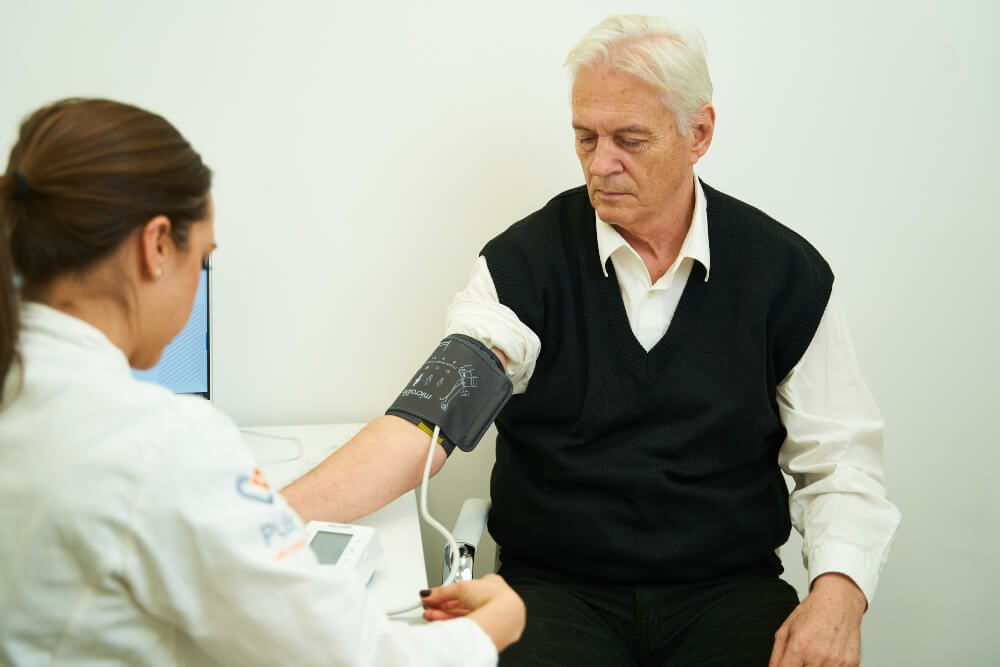
When is the pressure elevated?
Pressure above 140/90mmHg is considered elevated.
People who have hypertension (high blood pressure) most often report the following symptoms as a sign that their blood pressure has risen above normal levels:
- severe headache
- feeling tired
- pressure in the head
- shortness of breath or rapid breathing
- stabbing in the chest
- nosebleeds
- the appearance of redness on the face
- buzzing in my ears
- the appearance of blood spots in the eyes
- nausea
- vomiting
- tingling and cramping in the arms and legs
People who have hypertension are at high risk for stroke and heart attack.
How to treat blood pressure problems?
Depending on the patient himself, his condition, the disease he has, what kind of pressure problem he has, the method of treatment will also depend. If it is discovered in time that the patient does not have normal blood pressure, it is possible that he will be recommended a new diet, the introduction of light activities, the elimination of alcohol and cigarettes, and the like.
The way of life affects our blood vessels and heart much more than we can imagine and no therapy can work well, if we do not eliminate bad habits from our everyday life. When necessary, patients are given therapy, usually a combination of drugs that help keep the pressure within normal values.
Patients who have a risk that the upper pressure will exceed 170 mmHg must have with them a prescribed medicine that will be chewed in those moments and by acting on lowering the pressure value as soon as possible. Pressure values that deviate from normal can never be observed in isolation and most often represent an introduction to problems that will arise, and sometimes also a consequence of problems that already exist. Neglecting and improperly controlling the pressure is very risky, especially if we are aware that the tendency to jump already exists.
Experienced specialists are waiting for you at the Pulse Cardiology Center, ready to treat you, but also to educate you so that you can fully consciously influence the preservation of your health. Schedule your appointment.

